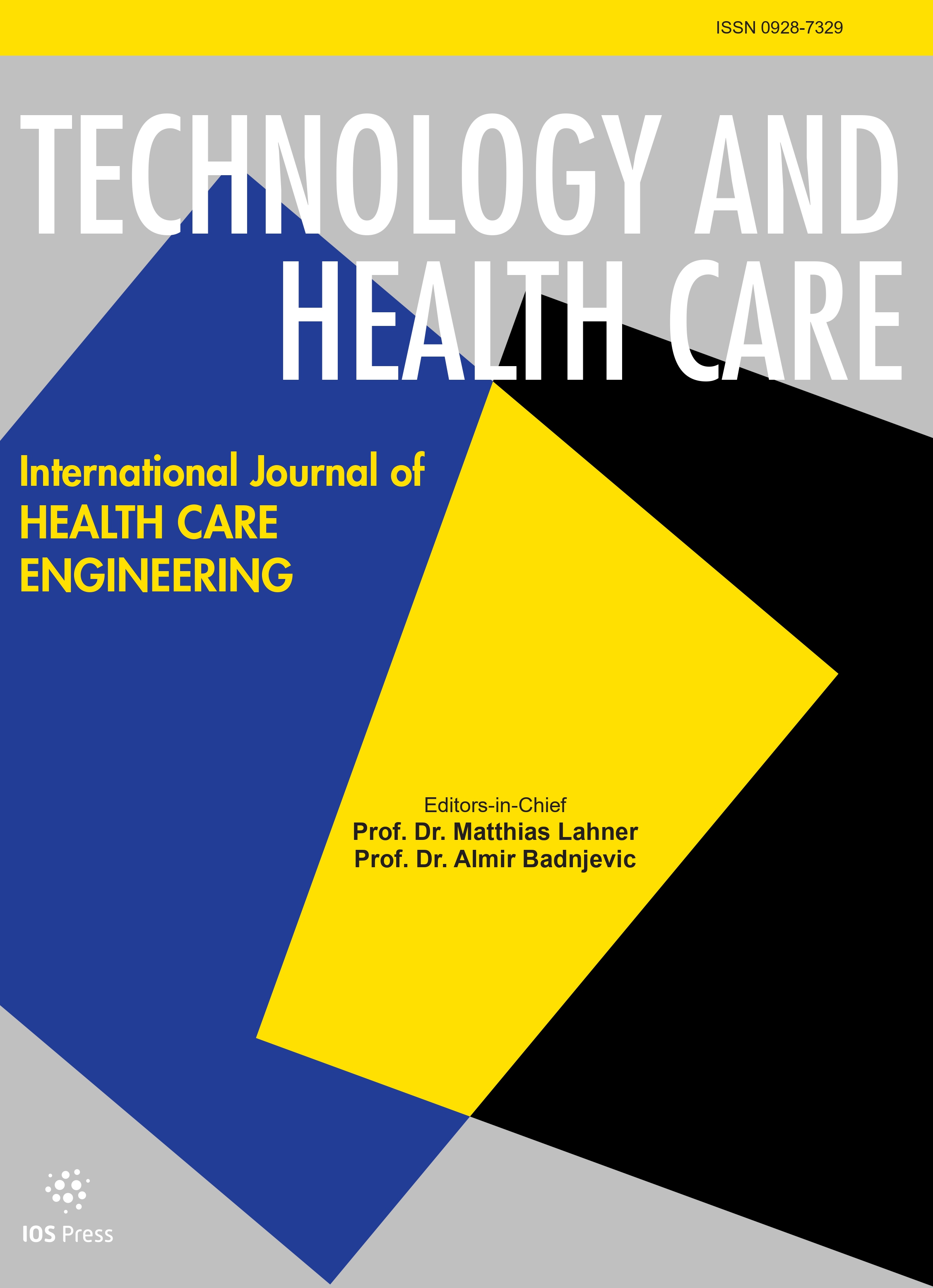Authors: Zou, Li | Dong, Wei | Ai, Ying | Li, Yantao | Cheng, Yun | Feng, Yun
Article Type:
Research Article
Abstract:
BACKGROUND: Recurrent spontaneous abortion affects approximately 1–2% of reproductive-age women, with roughly half of RSA cases classified as unexplained recurrent spontaneous abortion (URSA). Genetic polymorphisms in eNOS gene have been shown to have significant implications across various disease processes. Nevertheless, the potential impact of eNOS gene polymorphisms on the susceptibility to URSA in Yunnan population has yet to be explored or documented. OBJECTIVE: This study aims to investigate the potential association between specific variations in the eNOS gene (VNTR 4b/a, - 786T > C, and + 894G >
…T) and the risk of URSA in Yunnan population. METHODS: A total of 243 URSA patients and 241 healthy females are involved in this study. We conducted amplification of the eNOS gene fragment and performed sanger sequencing to detect the specific eNOS gene polymorphisms, including VNTR 4b/a, - 786T > C, and + 894G > T. Using a multivariate logistic regression model, we evaluate the potential association between eNOS gene polymorphisms (VNTR 4b/a, - 786T > C, and + 894G > T) and the risk of URSA. Furthermore, serum NO levels were measured in URSA patients. RESULTS: The presence of VNTR 4a, - 786C, and + 894T alleles was found to be associated with an increased risk of URSA. Additionally, our study revealed a significant association between the G-C-4b haplotype of the investigated eNOS gene polymorphisms and a predisposition to URSA. Notably, these eNOS polymorphisms were shown to reduce serum NO levels in URSA patients. CONCLUSION: This study provides evidence supporting the association between eNOS gene polymorphisms, VNTR 4b/a, - 786T > C, and + 894G > T, and the occurrence of URSA in Yunnan Province, China.
Show more
Keywords: eNOS, URSA, VNTR 4b/a, -786T > C, +894G > T
DOI: 10.3233/THC-230934
Citation: Technology and Health Care,
vol. Pre-press, no. Pre-press, pp. 1-9, 2023
Price: EUR 27.50




